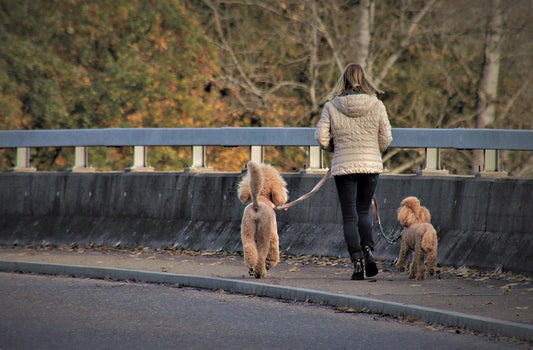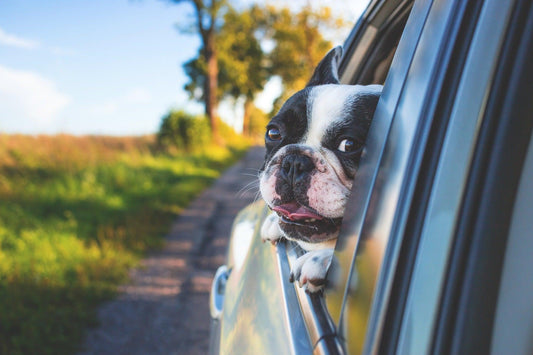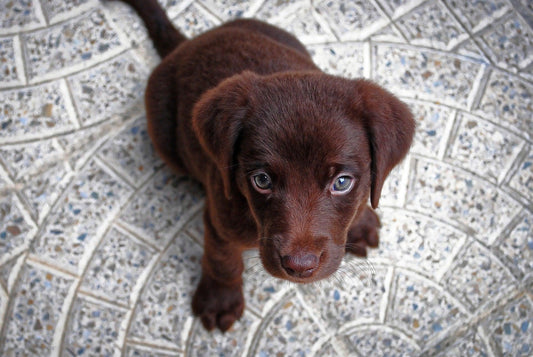History
The Presa Canario is a dog breed that originated in the Canary Islands, located off the coast of Africa. The breed was bred to help herd livestock and as a guard dog. The name "Presa" means "catch" in Spanish, which refers to the dog's job of catching and holding the cattle until the farmer arrived. During the Spanish conquest of the Canary Islands in the 15th century, the breed was also used as a fighting and defense dog. Over the years, the breed has become increasingly popular, not only in the Canary Islands but also in other parts of the world.
Character
The Presa Canario is a powerful and imposing dog with a strong character. The breed is known for its courage and determination, making it an excellent watchdog. Presa Canarios are loyal to their owner and can be very protective of their family and property. However, they do need consistent education and training, otherwise they can become too dominant and unruly. However, with proper socialization and training, they can also be very sweet and playful with children and other pets.
Health
As with all breeds, the Presa Canario has some health issues to be aware of. Some of the most common health problems in Presa Canarios are hip and elbow dysplasia, eye problems and skin allergies. It is therefore important to have your Presa Canario checked regularly by a veterinarian in order to detect and treat any health problems in time.
Care
The Presa Canario does not require much care. Their short coat requires little maintenance and they have no tendency to shed excessively. However, it is important to trim their nails and brush their teeth regularly to maintain their oral health. In addition, it is important to give your Presa Canario sufficient exercise to keep it fit and healthy.
In short, the Presa Canario is an imposing and loyal dog with a strong character. With the right education and training, he can be a great family dog. It is important to be aware of any health problems and to give your Presa Canario enough exercise and care to keep it in good shape.




